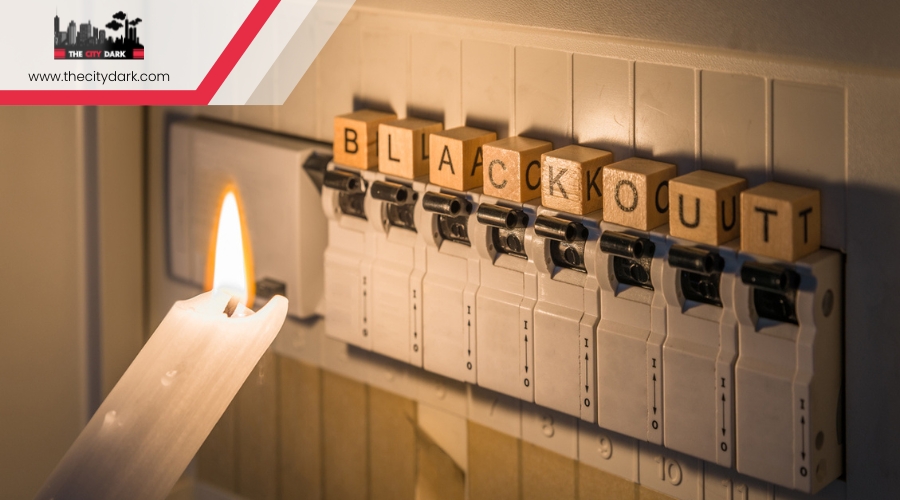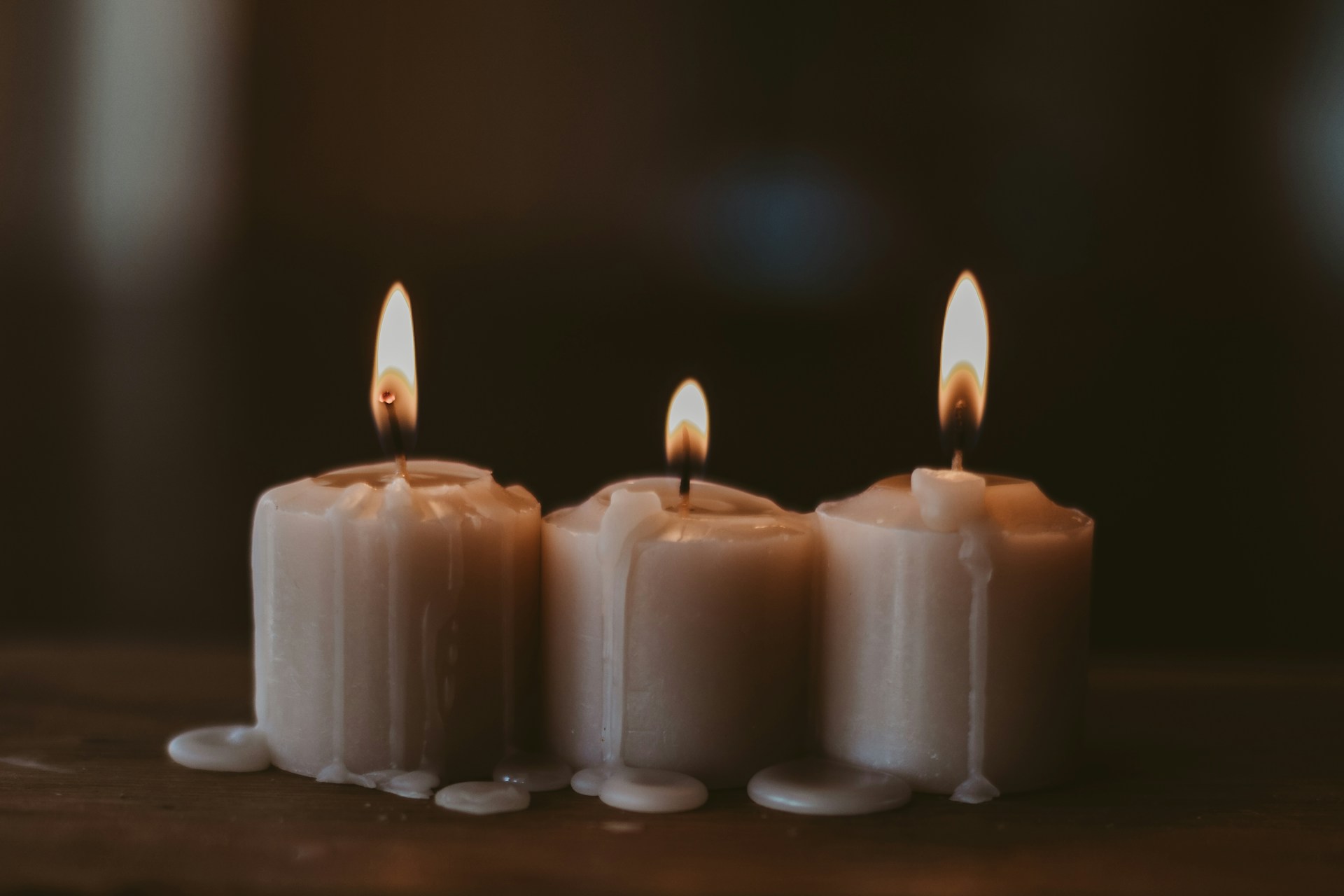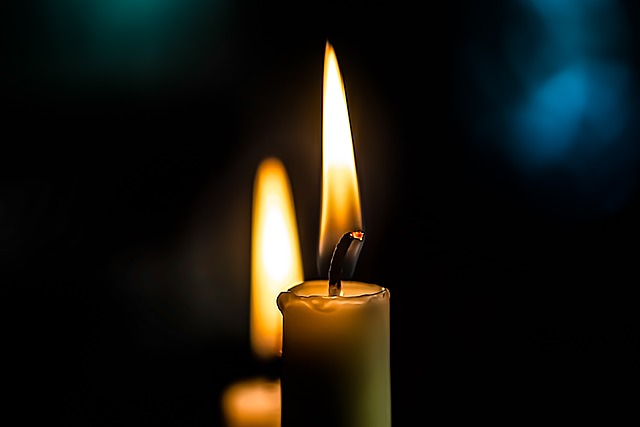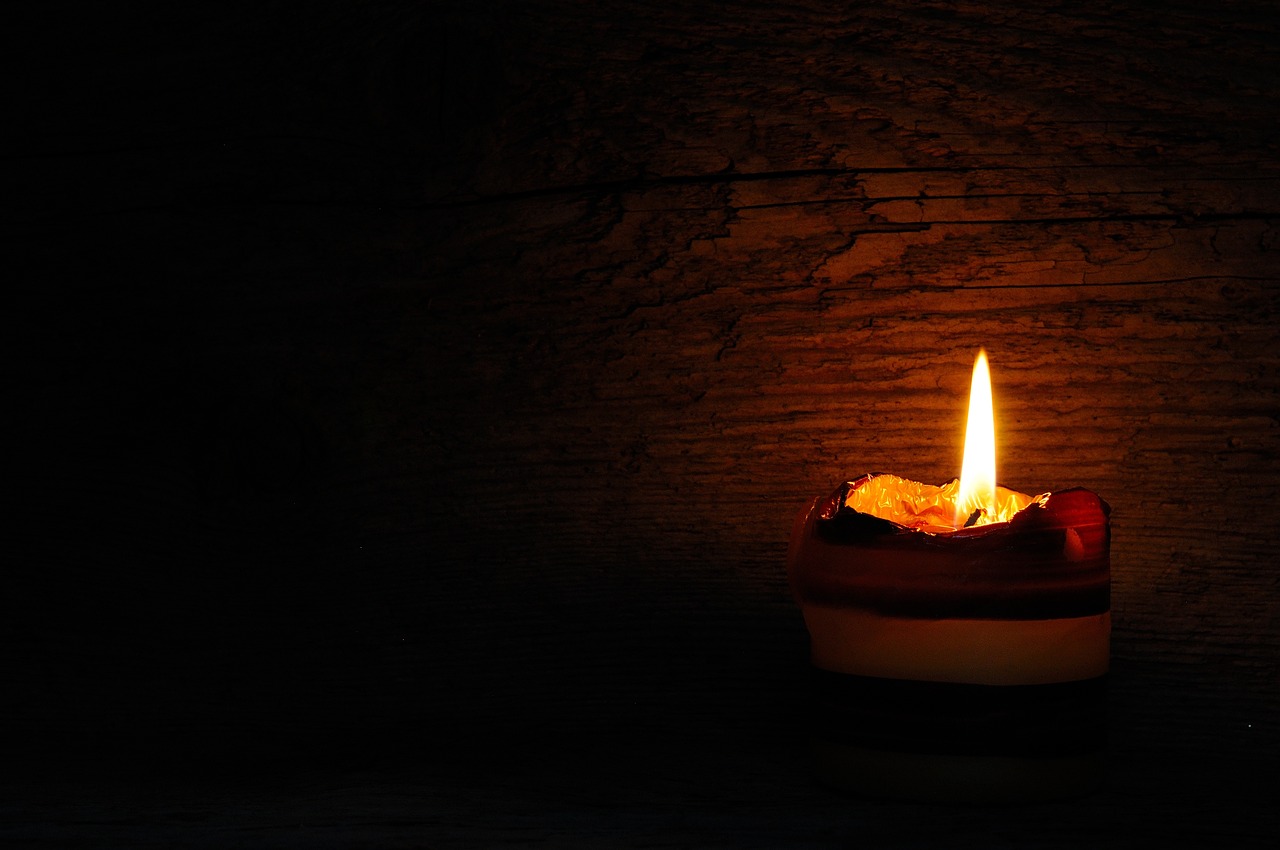Nearly 40% of households experience a power outage each year, highlighting the importance of being prepared with the right emergency supplies, including candles. You might wonder which candles are best suited for such situations, given the myriad of options available. From Emergency Candles to the versatile Tea Candles, the choice isn’t just about light—it’s about safety, burn time, and practicality.
Factors such as wax type and wick design play a crucial role in determining a candle’s efficiency in an emergency. As you consider stocking up, remember that the right candle can make all the difference when the lights go out.
Let’s explore what sets the best candles apart from the rest, ensuring you’re equipped with knowledge to make informed decisions for your emergency preparedness needs.
Key Takeaways
- Emergency Candles and Tea Candles are recommended options for emergency preparedness due to their long burn times and high-quality materials.
- When considering candle wax types, paraffin candles are cost-effective but tend to produce more soot, while natural wax options like beeswax and soy wax offer longer burn times and produce less soot.
- The type of wick used in candles affects the brightness of the flame and burn time, with cotton wicks offering a brighter flame and longer burn time.
- It is important to practice candle safety by keeping them away from flammable objects, never leaving them unattended, and using heat-resistant candle holders.
Emergency Candles
When preparing for emergencies, incorporating Emergency Candles into your survival kit offers a reliable lighting solution. These candles aren’t just any ordinary candles; they’re designed with emergency preparedness in mind.
Their long burning time of 9 hours ensures you won’t be left in the dark during a power outage. Unlike standard candles, Emergency Candles are crafted from high-melt paraffin wax, significantly reducing soot and dripping while maintaining a bright flame through a quality cotton wick.
At 1 1/4′ wide and 3 1/2′ tall, these compact survival essentials easily fit into any emergency kit without taking up much space. Their size and the candles’ burn time make them an ideal survival candle for various emergencies, from natural disasters to unexpected power outages at home.
When using candles for emergency lighting, remember to light them with matches or lighters and place them on sturdy surfaces away from any combustible materials for safety.
Candle options are a must-have in your emergency preparedness plans. Their versatility, durability, and long burn time offer peace of mind, knowing you have a reliable source of light whenever you need it.
Tea Candles
While Emergency Candles are a solid choice for your survival kit, don’t overlook the value of incorporating Tea Candles for their affordability and practicality in emergency situations. These candles are not just cost-effective; they’re also incredibly lightweight and efficient, boasting a 6-hour burn time each. With Tea Candles, you’re getting a reliable source of light that’s easy to use and distribute throughout your space when the power goes out.
| Feature | Benefit |
|---|---|
| 6-hour burn time | Ensures prolonged light during emergencies |
| European palm wax | Provides a clean, steady burn |
| Cotton wick | Offers consistent lighting |
| Affordable & lightweight | Makes them an accessible option for everyone |
Given their functional advantages, Tea Candles emerge as one of the best options for emergency preparedness. Their versatility allows them to be scattered around to limit light pollution effectively, ensuring you have light exactly where you need it. Plus, with a total of 112 hours of light from a standard pack, these survival candles come in handy when candles with multiple wicks might not be available or practical.
Emergency Candle
Transitioning to another exceptional option for your emergency kit, the Emergency Candle stands out for its refillable design and impressive 115-hour burn time. This feature alone makes it one of the best emergency candles available, offering reliability when you need it most.
Utilizing liquid paraffin as fuel, it’s engineered for longevity and efficiency, ensuring that you’re well-equipped during power outages or other emergencies. The durable plastic case and lid provide an added layer of reliability, addressing common concerns about leaks that could occur with other candles in survival situations. It’s a detail that underscores the Emergency Candle’s suitability for emergency use, ensuring that you have a dependable light source without the risk of mess or damage to your supplies.
While it doesn’t boast the natural composition of beeswax candles or candles made from other natural waxes, its paraffin wax base is chosen for its good burn time and ability to produce less smoke, making it a practical choice. Additionally, as an unscented candle, it won’t overwhelm your senses during use, making it a thoughtful inclusion in your preparedness plans.
Wax Type Considerations
Moving beyond specific products like the Emergency Candle, it’s crucial to consider the type of wax used, as this directly impacts the candle’s burn time, soot production, and overall suitability for your emergency needs. When diving into wax type considerations, here’s what you need to know:
- Paraffin Candles
- *Pros*: Cost-effective and widely available, paraffin candles with a cotton wick provide a reliable source of light.
- *Cons*: Tend to produce more soot compared to natural wax options.
- Natural Wax Options
- *Beeswax and Soy Wax*
- Burn longer than paraffin, making them ideal for prolonged emergencies.
- Produce less soot, ensuring cleaner air quality indoors.
Choosing between paraffin, palm wax, or natural options like soy wax comes down to balancing your priorities between burn time, soot production, and environmental impact. Paraffin candles might be your go-to for short-term emergencies due to their affordability and availability. However, for situations requiring prolonged light, natural waxes like soy or beeswax, thanks to their longer burn time and reduced soot, could be better suited to your needs.
Wick Type and Burn Time
Delving into the importance of wick type, you’ll find it significantly influences a candle’s burn time and flame quality, essential factors for emergency preparedness. When selecting the best candle for survival, understanding the wick’s role can determine how many hours of light you’ll have. Different wicks, from cotton to wooden, affect burn time and flame stability.
To make your decision easier, consider this table comparing various candles, focusing on wick types and their burn efficiency:
| Type of Candle | Wick Type | Hours per Ounce |
|---|---|---|
| Soy Wax Candle | Cotton | 7-9 |
| Pillar Candle | Cotton with Core | 5-7 |
| Votive Candles | Treated Cotton | 4-6 |
| Fragrance Candle | Wooden | 6-8 |
| Emergency Candle | Cotton | 9-11 |
Candles with cotton wicks, especially in soy wax, offer a brighter flame and longer burn time, crucial for emergencies. Wooden wicks, often found in fragrance candles, add a comforting crackle but may not offer the longest burn. Knowing these details will help you gauge how many candles you need for adequate preparedness, ensuring your survival kit is well-equipped.
Making Prepper Candles
Understanding the significance of wick types and burn efficiency, let’s explore how you can make your own prepper candles, focusing on materials that ensure longevity and safety. When selecting materials for candles and tea lights, consider using paraffin or natural wax, like palm or beeswax, for an efficient emergency light source. These materials aren’t only long-burning but also high quality, making them perfect for emergency preparedness.
For making your prepper candles:
- Choose your wax:
- Paraffin is widely available and easy to use.
- Natural wax offers a cleaner burn and is eco-friendly.
Prepare your container to store:
- Find a sturdy, heat-resistant container that’s easy to store.
- Ensure it’s large enough to hold the melted wax and wick.
Candle Safety Tips
When using candles for emergency preparedness, it’s crucial to prioritize safety to prevent accidents and ensure their effective use. Candles can be a great emergency source of light, but without proper candle safety tips in mind, they can pose a risk.
To maintain fire safety, always keep candles away from anything flammable and on sturdy, flat surfaces. This minimizes the chance of them tipping over and starting a fire.
Never leave candles to light unattended, especially if children or pets are around. They might accidentally knock them over or get too close to the flame. Additionally, ensure your candles are in well-ventilated areas and away from drafts to prevent uneven burning or possible flare-ups.
Before you exit a room or head to bed, it’s a must to extinguish all candles. This simple habit can drastically reduce the risk of a fire. Moreover, use a candle holder that’s not only heat resistant but also large enough to catch any wax drips, ensuring your surfaces stay clean and safe from the hot wax.
Candle Versatility
Candles, with their variety including tea lights, liquid paraffin, and pillar types, offer unmatched versatility for various emergency situations, meeting different lighting needs effectively. When you’re gearing up for emergency preparedness, understanding candle versatility can ensure you’re making the best choices for your safety and comfort. Candles aren’t just about providing a bright flame; they’re about how you can adapt their use to suit your specific situation.
For a steady and long-lasting source of light, consider:
- Pillar candles, ideal for extended periods without power, offering a significant amount of light.
- Candle lanterns, which enhance the light’s reach while protecting the flame from drafts.
In scenarios where you need to *Start a Fire* or require portability:
- Tea lights and liquid paraffin candles can be easily moved and used in multiple locations. They’re compact and fit well in emergency kits.
- Candles designed for use with liquid fuels are refillable, making them a sustainable option for ongoing emergencies.
Calculating Candle Needs
Now that you’re familiar with the versatility of candles in emergencies, it’s crucial to figure out how many you’ll need to adequately prepare for a power outage or similar situation. Planning for the duration of darkness is key. You’ll want to light critical areas of your home for 3-5 hours per day.
However, not all candles are made the same. Different types have varying burn times, a factor that affects the number you’ll need. For instance, tea candles might be a good option for short-term use, while long-lasting emergency candles can cover extended periods. Including several candles in your kit ensures you have a variety of lighting options.
It’s not just about having a lot of candles, but the right kind and number for your specific needs. When calculating, consider the burn time per candle and the total hours you’ll need light. Adding about 50% more to your calculated hours as a margin of error is a wise move. This way, you won’t find yourself in the dark unexpectedly. Remember, it’s better to have more than you think you’ll need than not enough.
DIY Emergency Candles
Why not consider making your own emergency candles to ensure you’re well-prepared for any situation? Making your own candles can be a rewarding experience, allowing you to customize them to your needs. Here’s how you can create different types of DIY emergency candles, each offering unique benefits:
Beeswax Candles
- Natural Wax: Beeswax is one of the best options for emergency candles. It burns cleanly without producing smoke or soot.
- Great for those sensitive to scents, as these candles are naturally scented.
Soy Wax Candles
- Eco-Friendly Option: Soy wax is a renewable resource, making these candles a great option for the environmentally conscious.
- Easy to make, soy candles can be scented with essential oils for added comfort during stressful times.
Olive Oil Candles
- Long-Lasting Light: Olive oil burns slowly, making these candles a great option for prolonged emergencies.
Crisco Candles
- Resourceful Use: Utilizing Crisco as a candle wax is a clever way to turn pantry items into emergency lighting.
Tallow Candles
- Traditional Method: Making candles from tallow is an age-old technique, offering a sturdy and reliable source of light.
Conclusion
In conclusion, for your emergency preparedness, opt for Emergency Candles, Tea Candles, or Emergency Candles. Consider wax and wick types plus burn time to ensure you’re making the best choice.
Always prioritize safety by keeping candles away from flammable materials and on stable surfaces. Don’t forget the flexibility tea light candles offer. Calculate your candle needs carefully and even explore making your own. With the right preparation, you’ll be well-equipped for any situation.





